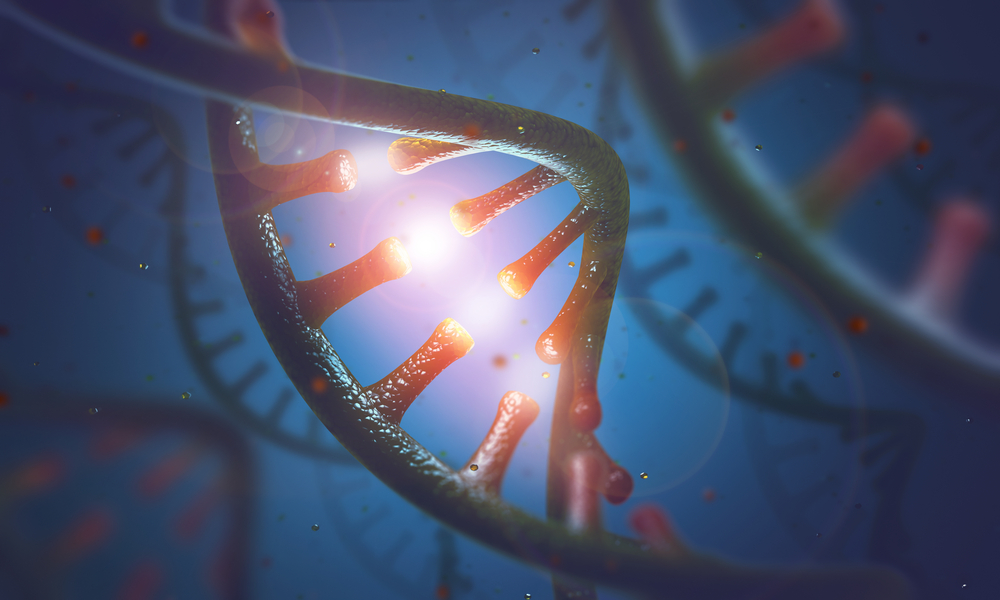‘Master Switch’ for Autoimmune Diseases Like MS Potentially Seen in DNA of Immune Cells
Written by |

Regions of DNA called super-enhancers regulate immune cell activity, including the body’s response to threats like inflammation or pathogens, and now scientists have found that they also harbor genetic variants associated with autoimmune diseases — gene variants that may be the “master switches” for these conditions. The findings were described in the study “Distinct Gene Regulatory Pathways for Human Innate versus Adaptive Lymphoid Cells,” published in the journal Cell.
Innate lymphoid cells act as the guardians of tissues, rapidly responding to danger signals (such as a virus or bacteria) by releasing soluble inflammatory molecules and communicating warning signals to neighboring cells via secretion of cytokines. Another type of immune cell, the T-helper cells, also guards against invaders but in a much slower fashion, responding only when directly recognizing a pathogen.
Despite being activated by different signals and at different times, innate lymphoid cells and T-helper cells are key players in immune defense. Their interplay in humans, however, was far from understood. Most importantly, if the signals secreted by both cells are not tightly regulated, they may lead to chronic inflammation and trigger the development of such autoimmune conditions as multiple sclerosis.
“How is it possible that innate lymphoid cells and T helper cells produce the same signaling molecules in response to invading pathogens despite being activated by different signals? We started to look at the similarities and differences in the way gene expression in these two cell types was regulated,” Marco Colonna, MD, the Robert Rock Belliveau professor of Pathology at Washington University and a study co-lead author, said in a press release .
Researchers at Washington University School of Medicine, St. Louis, compared the patterns of gene activity in both types of cells, innate lymphoid cells and T-helper cells, retrieved from human tonsils.
They found a set of regulatory elements, called super-enhancers, for both cells. Specifically, these super-enhancers regulate specific genes in each cell type, giving the cells a unique identity and function.
“This is the first time that these sets of super-enhancers had been mapped for these cell types. By looking at these super-enhancers, we were able to identify a number of genes that are likely to be critical for eliminating pathogens, but which nobody had identified as important before,” said Eugene Oltz, a professor of pathology and immunology at Washington University and co-lead author in the study.
Of note, the team identified genetic variants previously associated with several autoimmune diseases (diabetes, rheumatoid arthritis, Crohn’s disease and ulcerative colitis) in these super-enhancers.
“These regions of DNA typically act like master dimmer switches on the activity of these immune cells,” Dr. Oltz said. “In some cases, individual variations in a person’s DNA probably tweak the settings of these switches upward, leading to overactivation of the immune cells and autoimmune disease.”
Therapeutics can incorporate these findings and, in the future, design more personalized treatments by grouping patients based on the super-enhancer signature in which their genetic variant falls and then targeting the genes regulated by specific super-enhancers.
“Geneticists have identified lots of DNA sequence variations associated with autoimmune diseases, but it wasn’t clear how they were involved because they weren’t in any genes known to be involved in the development of these diseases. We are the first ones to locate the variations in the landscape of innate lymphoid cell regulation. Now that we know where the master switches are, we can see that those variants are associated with autoimmune disease because they affect the regulation of these immune cells,” Dr. Colonna said.





